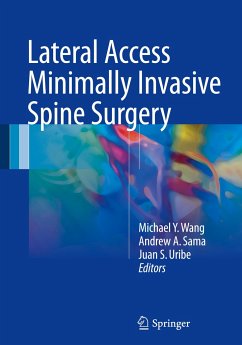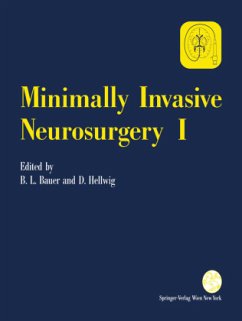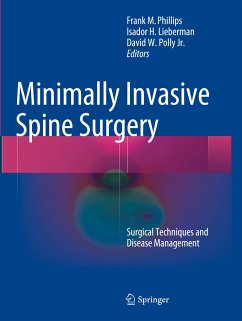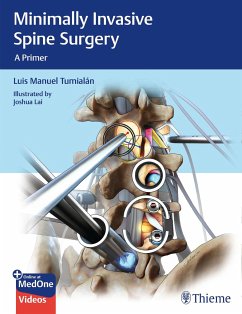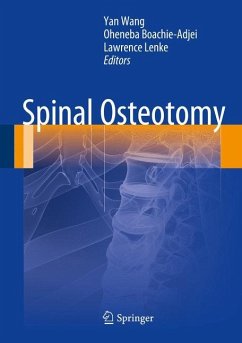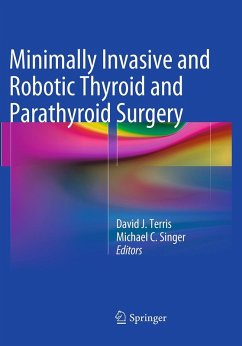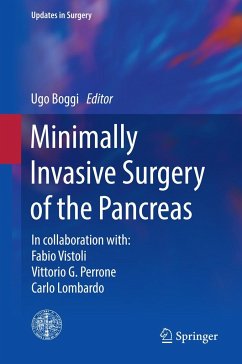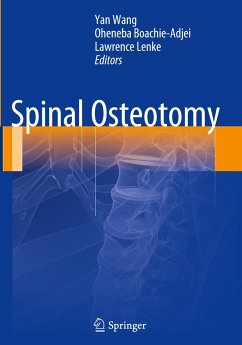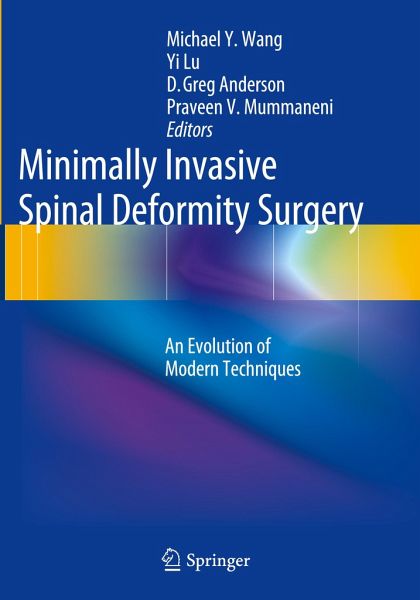
Minimally Invasive Spinal Deformity Surgery
An Evolution of Modern Techniques
Herausgegeben: Wang, Michael; Lu, Yi; Anderson, D. Greg; Mummaneni, Praveen V.
Versandkostenfrei!
Versandfertig in 6-10 Tagen
98,99 €
inkl. MwSt.

PAYBACK Punkte
49 °P sammeln!
Contemporary spinal surgeons, whether orthopedic or neurosurgeons, are increasingly recognizing minimally invasive spine surgery (MISS) as a desirable option to manage advanced degenerative diseases. MISS techniques minimize blood loss, surgical site pain, and speed recovery. Thus, the marriage of MISS with adult spinal deformity was a natural one. Currently, the techniques, technologies, and education of surgeons have finally reached a point where MISS deformity surgeries are becoming commonplace. Nevertheless, the field is young enough that no comprehensive texts have addressed the unique ch...
Contemporary spinal surgeons, whether orthopedic or neurosurgeons, are increasingly recognizing minimally invasive spine surgery (MISS) as a desirable option to manage advanced degenerative diseases. MISS techniques minimize blood loss, surgical site pain, and speed recovery. Thus, the marriage of MISS with adult spinal deformity was a natural one. Currently, the techniques, technologies, and education of surgeons have finally reached a point where MISS deformity surgeries are becoming commonplace. Nevertheless, the field is young enough that no comprehensive texts have addressed the unique challenges faced by surgeons exploring this evolving field. This book will fill the gap.



